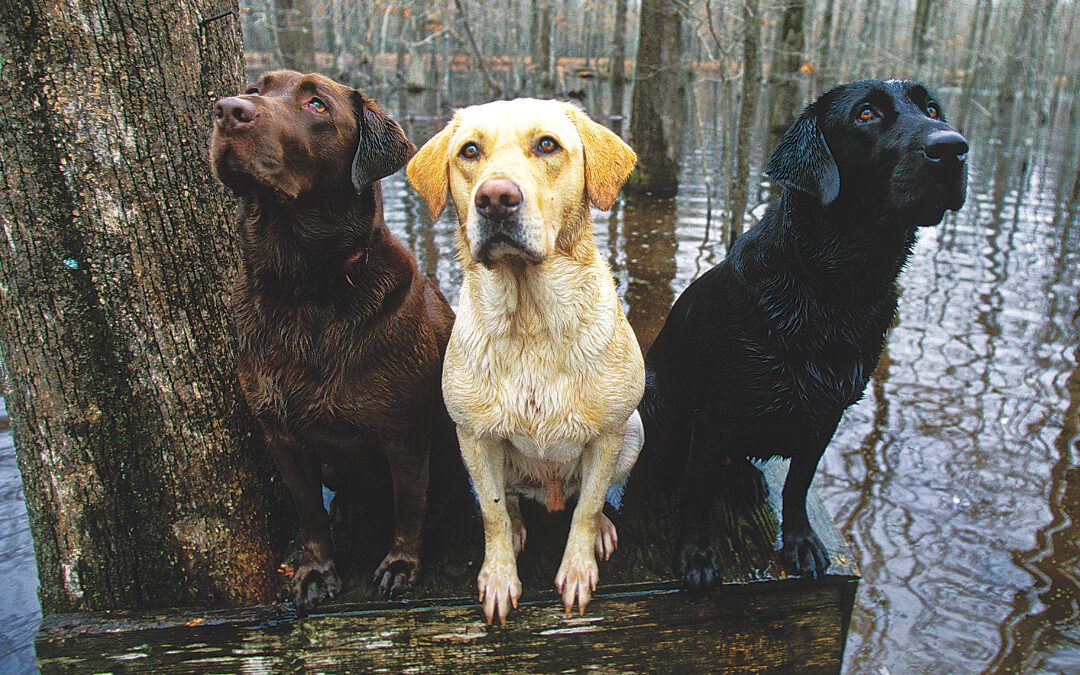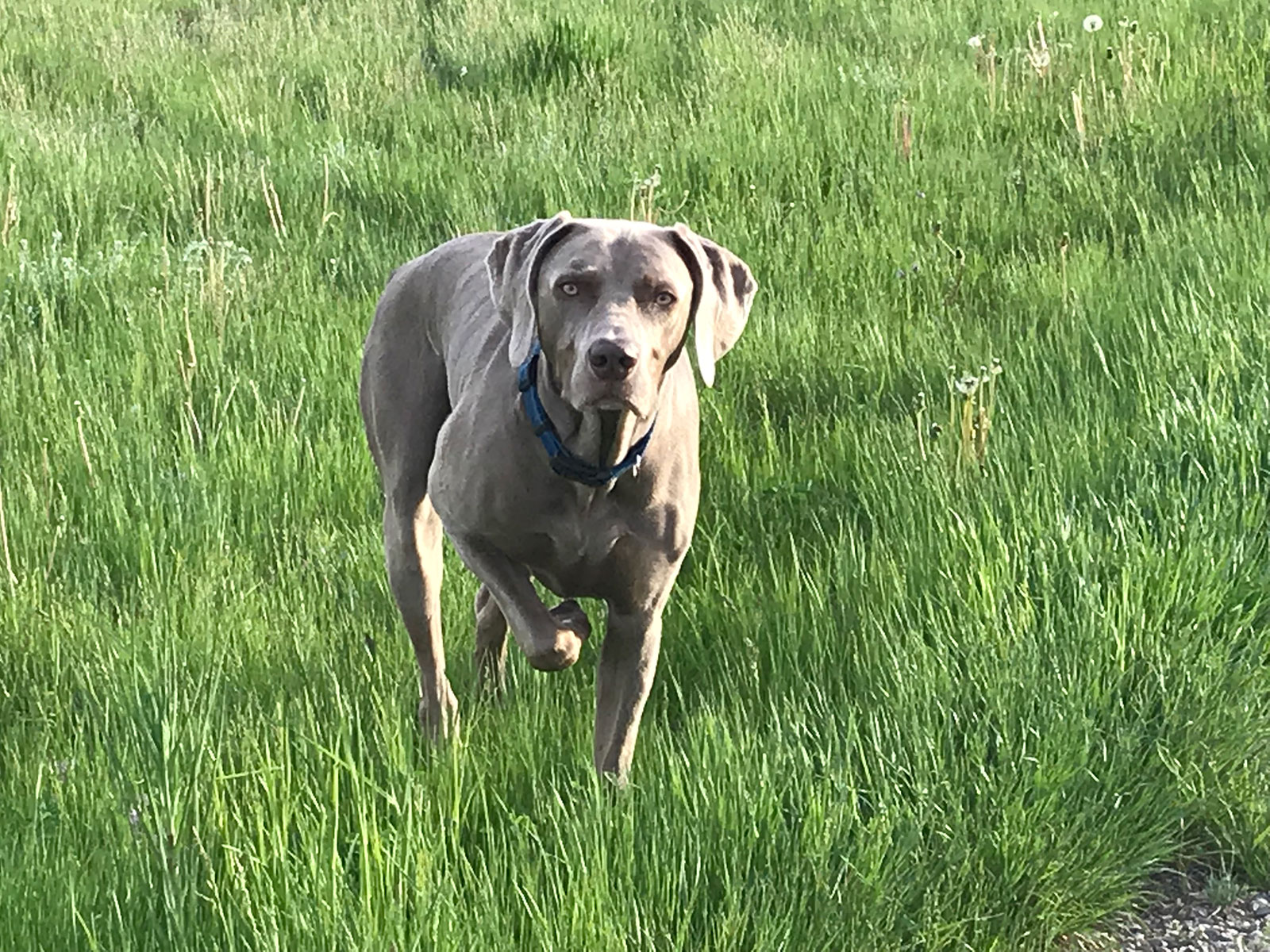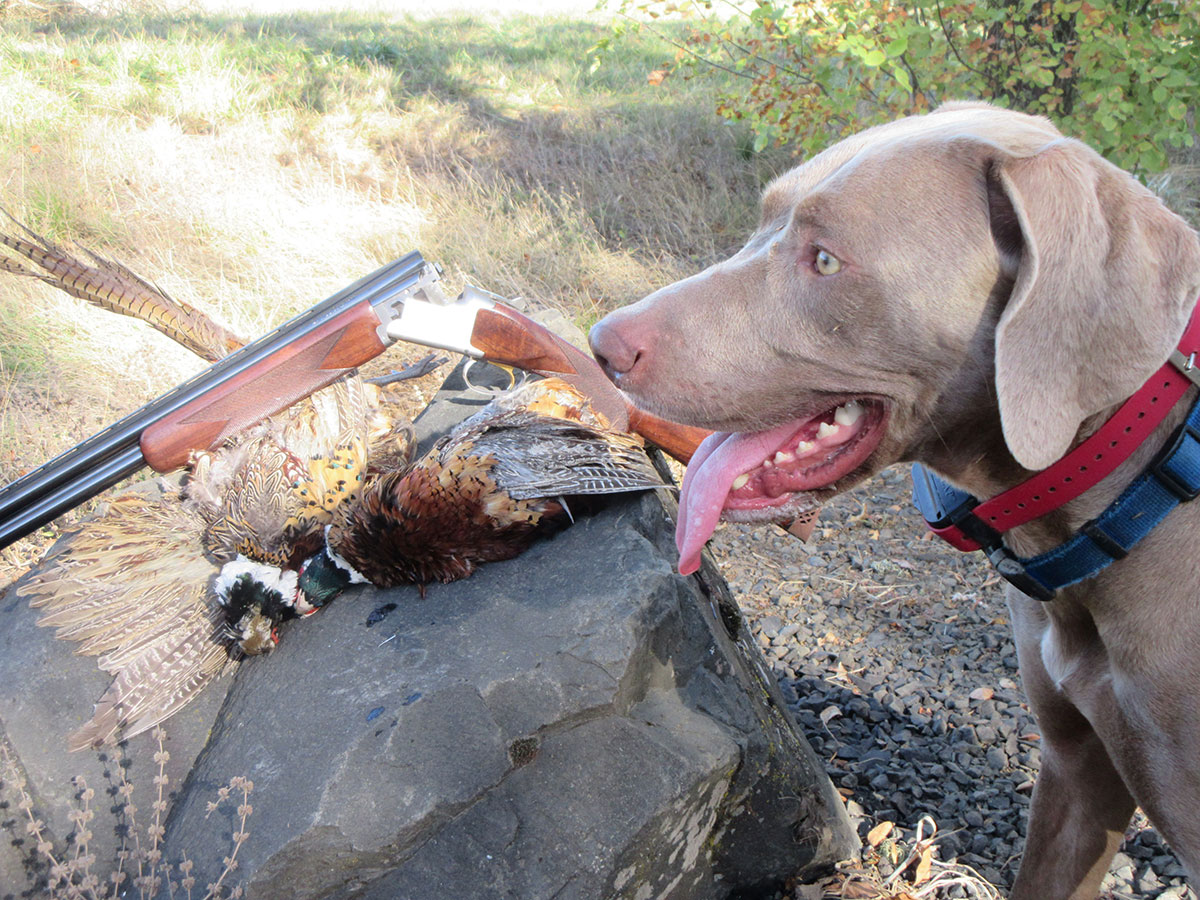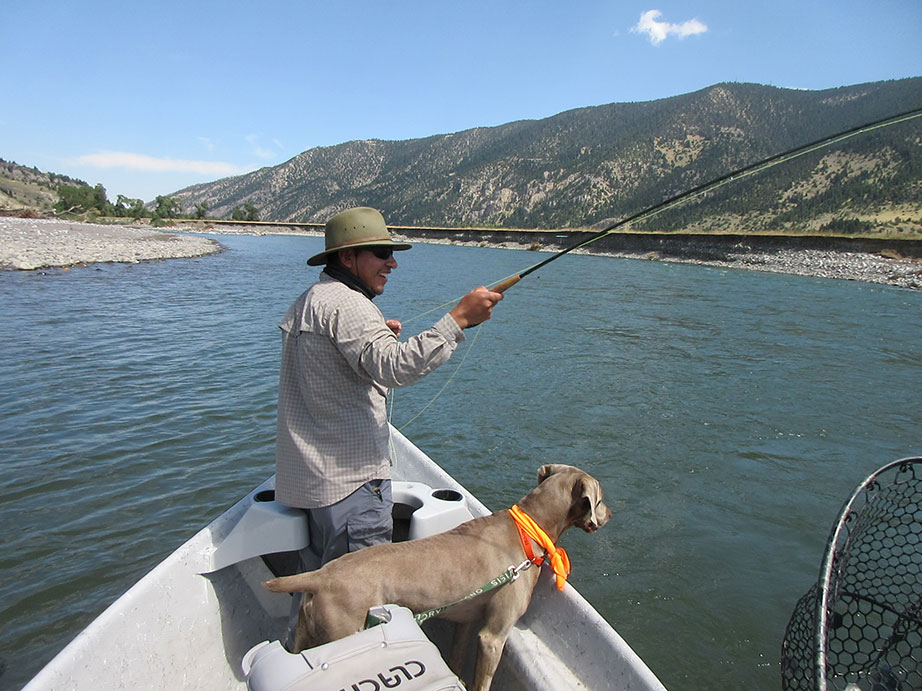I used to think that everyone who’s ever owned a dog considers him- or herself an expert on canine behavior. Upon further review, however, I’ve amended that opinion. I now think that everyone who’s ever been around a dog considers him- or herself an expert on canine behavior.
I realize that “been around” covers a lot of territory but for the sake of argument let’s define it as “spent more than five minutes in the vicinity of.”
The point being that you still hear people who are by all appearances sane, responsible, job-holding, tax-paying citizens of the Republic making the most outrageous pronouncements about the things dogs do, and espousing theories about why they do them that were rubbish even when our idea of a healthy breakfast was eggs, bacon and a couple slices of well-buttered white bread.
Obviously, we’re living in strange times—times in which one person’s truth is another’s “fake news”—so I guess I shouldn’t find any of this surprising. Somehow, though, I still do.
Of course, the internet is chock-full of lists along the lines of “The Five Biggest Myths About Dogs,” “The Ten Most Common Misconceptions About Canine Behavior,” and so on. These are typically pretty ho-hum—round up the usual suspects, as they say—with little that would strike knowledgeable gundog folk as new or different.
Herewith, then, I offer my own list of canine myths and misconceptions, a list composed of items whose only distinction is that they amuse, amaze or confound yours truly.
For starters, here’s one I promise you won’t find on any of the internet lists previously alluded to: A dog with dewclaws on his hind legs is naturally immune to snakebite. Why? Because those rear dews “suck up the poison,” of course! Apparently there are houndsmen down in the thickets and canebrakes who swear this is true, irrespective of the scorn heaped upon it by veterinary science.
It doesn’t hold much water in the gundog camp, either. Interestingly, though, some breeders are beginning to re-evaluate the practice of removing dewclaws, which for decades now has been accepted as a matter of course.
An increasing number of people in the hunting and agility dog communities believe that intact dews serve as built-in “climbing aids” that help dogs clamber out of tough spots—from open water onto shelf ice, for example—and there’s some evidence that intact dewclaws may reduce the incidence of carpal arthritis. The conventional wisdom has always been that intact dews are injuries waiting to happen but the experience of most veterinarians doesn’t support this, especially if the nails are kept neatly trimmed.
So let’s add: Dewclaws serve no useful purpose and should always be removed to our list of myths, with the caveat that the debate remains far from settled.
Here’s one that’s particularly relevant to gundog owners: Some dogs are naturally gunshy. Whenever I hear another self-styled expert belch forth this load of 24-karat crapola, I want to strangle the s.o.b. before my brain explodes. The trouble isn’t the myth itself but the potentially calamitous behaviors it can lead owners who believe it to indulge in, such as taking their sweet, happy, full-of-promise puppy out to the trap and skeet range “to see if he’s gunshy.” No matter what you’ve heard, read or been told, this is simply a terrible, terrible idea.
Certainly, some dogs are at higher risk for becoming gunshy, notably those on the more timid, reactive or high-strung side of the spectrum, but gunshy dogs are ultimately made, not born. And what makes them gunshy 99 percent of the time is an error in judgment on the part of their owners—like taking them to a trap range when they’re not remotely ready to handle that volume of gunfire. It’s a testament to the boldness and resiliency built in to the sporting breeds that more pups aren’t ruined by this kind of misguided “training”—although knowing it could have been prevented makes even one gunshy pup a tragedy.
As you may have noticed, I tend to get a little worked up about this. (For the record, I’m not a fan of introducing the gun at feeding time, either, but we’ll defer that discussion to a later date.)
Now for a myth that contemporary gundog owners have done much to dispel and comprehensively discredit: Dogs that live in the house get “soft” and lose their desire to hunt. Bollocks, pure and simple. You could just as well argue that dogs kept in the house lose their desire to procreate. If anything, dogs that live with us 24/7 become better hunters, or at least better hunting partners, thanks to the deep, almost telepathic connection the time spent together enables us to forge with them. And to whatever extent they become “soft,” it’s because we overfeed and under-exercise them—an easy rut to fall into with any house dog.
Indeed, one myth that reliably shows up on the internet lists is some variant of It’s OK to feed your dog table scraps. Well, it’s not so much that it isn’t okay as that it’s hard to maintain “portion control.” I mean, how many of us, after giving our dogs a tidbit from the table, cut back a corresponding amount from their daily ration of kibble? Over time, it adds up. And we wonder why it can be such a struggle to keep our dogs in fighting trim . . .
Another food- and feeding-related myth is this: Dogs should eat in the morning prior to hunting or other vigorous exercise. Wrong! We may regard our canine hunting partners as extensions of ourselves, but their exercise physiology—meaning the way they assimilate and utilize nutrients—is completely different. The absolutely optimum time to feed, in fact, is 24 hours before exercise!
When you feed in the morning, you force your dog to labor under multiple handicaps, not the least of which are that he’ll run hotter and require more water than he would if his insides were empty. Plus, the nutrients he’s just consumed will be largely unavailable until several hours later, the bottom line being that you really haven’t given him the energy boost you think you have. As hard as it is for us to imagine hunting (or hiking, or bicycling, or cross-country skiing or whatever) on an empty stomach, it’s exactly the way your gundog was designed to perform.
Finally, there’s this old chestnut: Teaching a pointing dog the “heel” command will shorten his range. Give me a break! A well-trained dog knows what’s expected of him when he’s given a command—and he knows the difference when he’s released from that command. To imagine that he suffers from any confusion on this score is to discredit his intelligence.
As a friend who loves to see a bird dog running high, wide and handsome puts it, “If I ever had a dog that dumb, I’d find a new home for him.”




